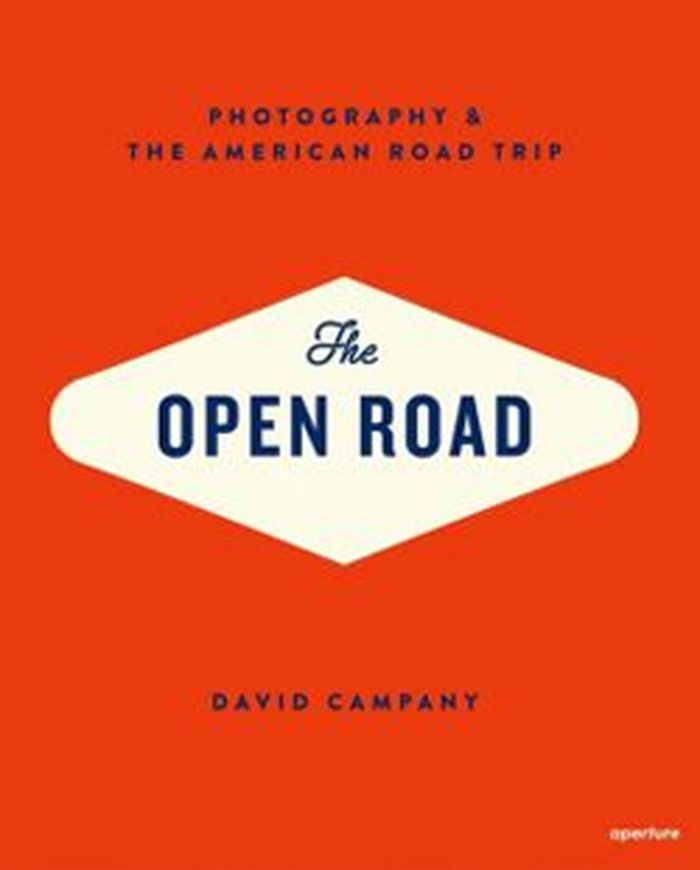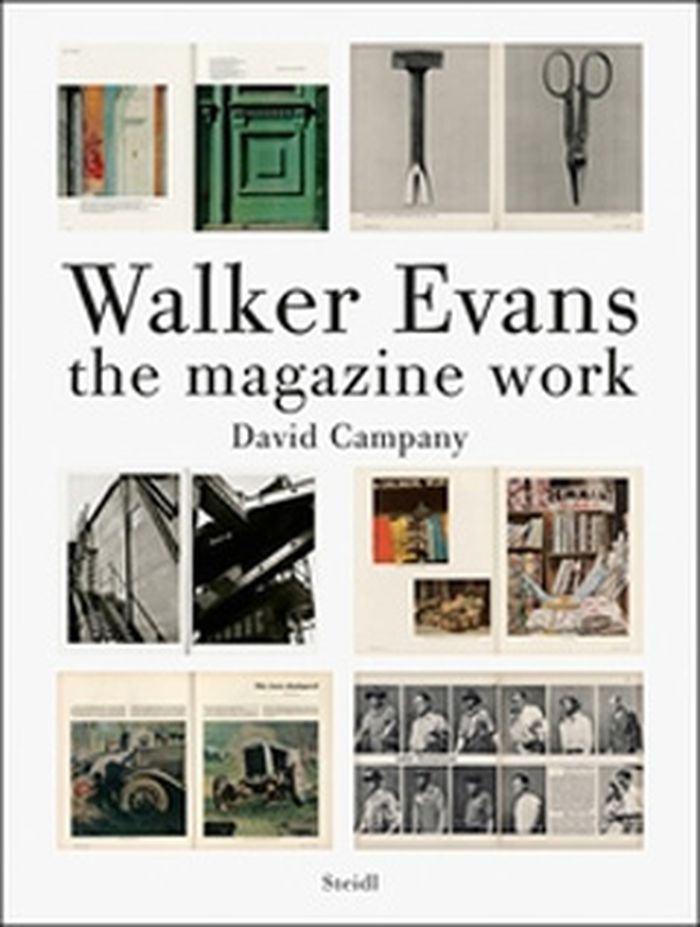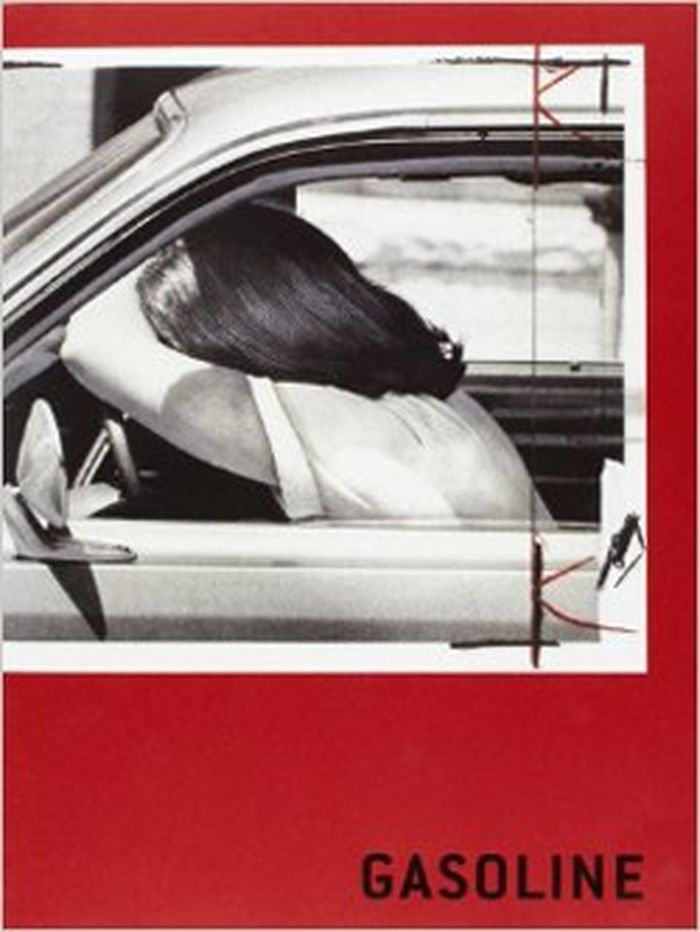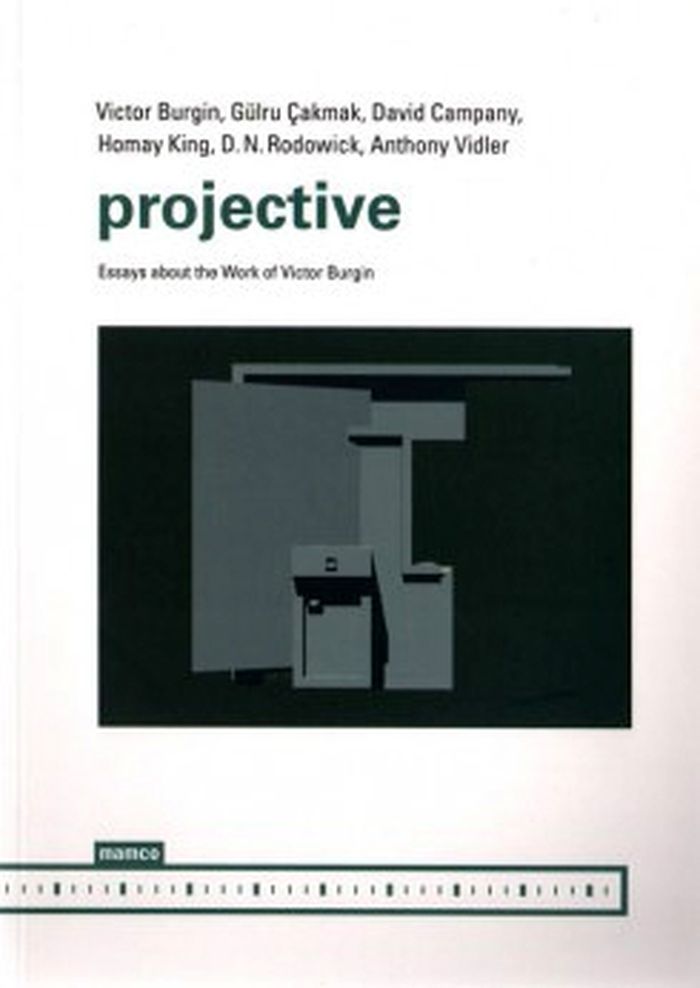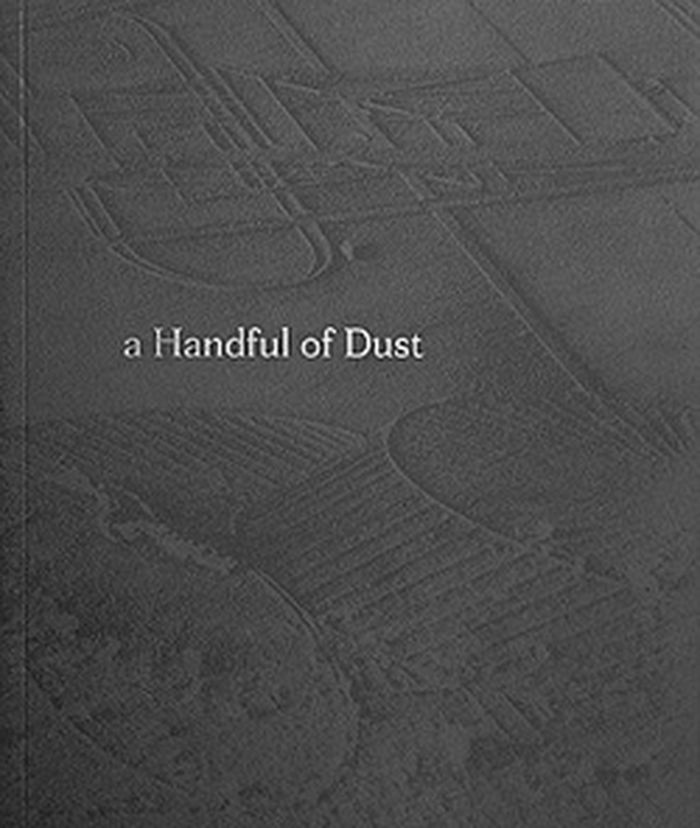$65.00
(available to order)
Summary:
After World War II, the American road trip began appearing prominently in literature, music, movies and photography. As Stephen Shore has written, “Our country is made for long trips. Since the 1940s, the dream of the road trip, and the sense of possibility and freedom that it represents, has taken its own important place within our culture.” Many photographers(...)
The open road : photography and the American road trip
Actions:
Price:
$65.00
(available to order)
Summary:
After World War II, the American road trip began appearing prominently in literature, music, movies and photography. As Stephen Shore has written, “Our country is made for long trips. Since the 1940s, the dream of the road trip, and the sense of possibility and freedom that it represents, has taken its own important place within our culture.” Many photographers purposefully embarked on journeys across the U.S. in order to create work. Hundreds of them have continued the tradition of the photographic road trip on down to the present, from Stephen Shore to Taiyo Onorato, Nico Krebs, Alec Soth and Ryan McGinley. The Open Road considers the photographic road trip as a genre in and of itself, and presents the story of photographers for whom the American road is muse. The book features David Campany’s introduction to the genre and 18 chapters presented chronologically, each exploring one American road trip in depth through a portfolio of images and informative texts.
Photography by Region
$69.95
(available to order)
Summary:
Walker Evans (1903-1975) was one of the most important and influential artists of the twentieth century, producing a body of photographs that continues to shape our understanding of the modern era. He worked in every genre and format, in black & white and colour, but two passions were constant: literature and the printed page. While his photographic books are among the(...)
Walker Evans: the magazine work
Actions:
Price:
$69.95
(available to order)
Summary:
Walker Evans (1903-1975) was one of the most important and influential artists of the twentieth century, producing a body of photographs that continues to shape our understanding of the modern era. He worked in every genre and format, in black & white and colour, but two passions were constant: literature and the printed page. While his photographic books are among the most influential in the medium's history, Evans's more ephemeral pages remain largely unknown. From small avant-garde publications to mainstream titles such as Harper's Bazaar, Vogue, Architectural Forum, Life and Fortune he produced innovative and independent journalism, often setting his own assignments, editing, writing and designing his pages. Presenting many of his photo-essays in their entirety Walker Evans: the Magazine Work assembles the unwritten history of this work, allowing us to see how he protected his autonomy, earned a living and found audiences far beyond the museum and gallery.
Photography monographs
David Campany: gasoline
$41.00
(available in store)
Summary:
Gasoline presents 35 archive press images of gas stations taken between 1944 and 1995. They have been collected by writer David Campany, purchased from the photography archives of several American newspapers which have been discarding their analogue print collections and moving to the now ubiquitous .jpeg or .tif formats.
David Campany: gasoline
Actions:
Price:
$41.00
(available in store)
Summary:
Gasoline presents 35 archive press images of gas stations taken between 1944 and 1995. They have been collected by writer David Campany, purchased from the photography archives of several American newspapers which have been discarding their analogue print collections and moving to the now ubiquitous .jpeg or .tif formats.
Photography monographs
$34.00
(available to order)
Summary:
The work of British conceptual artist and writer Victor Burgin revolves around the relationship between image and text, one in which neither optical nor verbal predominates, and explores the territory between still and moving images. Four essays are included in this volume, written by D.N. Rodowick, Gülru Çakmak, Homay King and Anthony Vidler, each analysing various(...)
April 2015
Projective: essays about the work of Victor Burgin
Actions:
Price:
$34.00
(available to order)
Summary:
The work of British conceptual artist and writer Victor Burgin revolves around the relationship between image and text, one in which neither optical nor verbal predominates, and explores the territory between still and moving images. Four essays are included in this volume, written by D.N. Rodowick, Gülru Çakmak, Homay King and Anthony Vidler, each analysing various aspects of Burgin's attention to the affective agency of space in his work, from orientalism and the cultural politics of modernity, to viewing Burgin's work through the lens of Henri Bergson and Gilles Deleuze.
$56.95
(available to order)
Summary:
A Handful of Dust is David Campany’s speculative history of the last century, and a visual journey through some of its unlikeliest imagery. Let’s suppose the modern era begins in October of 1922. A little French avant-garde journal publishes a photograph of a sheet of glass covered in dust. The photographer is Man Ray, the glass is by Marcel Duchamp. At first they called(...)
David Campany: a handful of dust, from the cosmic to the domestic
Actions:
Price:
$56.95
(available to order)
Summary:
A Handful of Dust is David Campany’s speculative history of the last century, and a visual journey through some of its unlikeliest imagery. Let’s suppose the modern era begins in October of 1922. A little French avant-garde journal publishes a photograph of a sheet of glass covered in dust. The photographer is Man Ray, the glass is by Marcel Duchamp. At first they called it a view from an aeroplane. Then they called it Dust Breeding. It’s abstract, it’s realist. It’s an artwork, it’s a document. It’s revolting and compelling. Cameras must be kept away from dust but they find it highly photogenic. At the same time, a little English journal publishes TS Eliot’s poem The Waste Land. “I will show you fear in a handful of dust.”
Photography monographs
